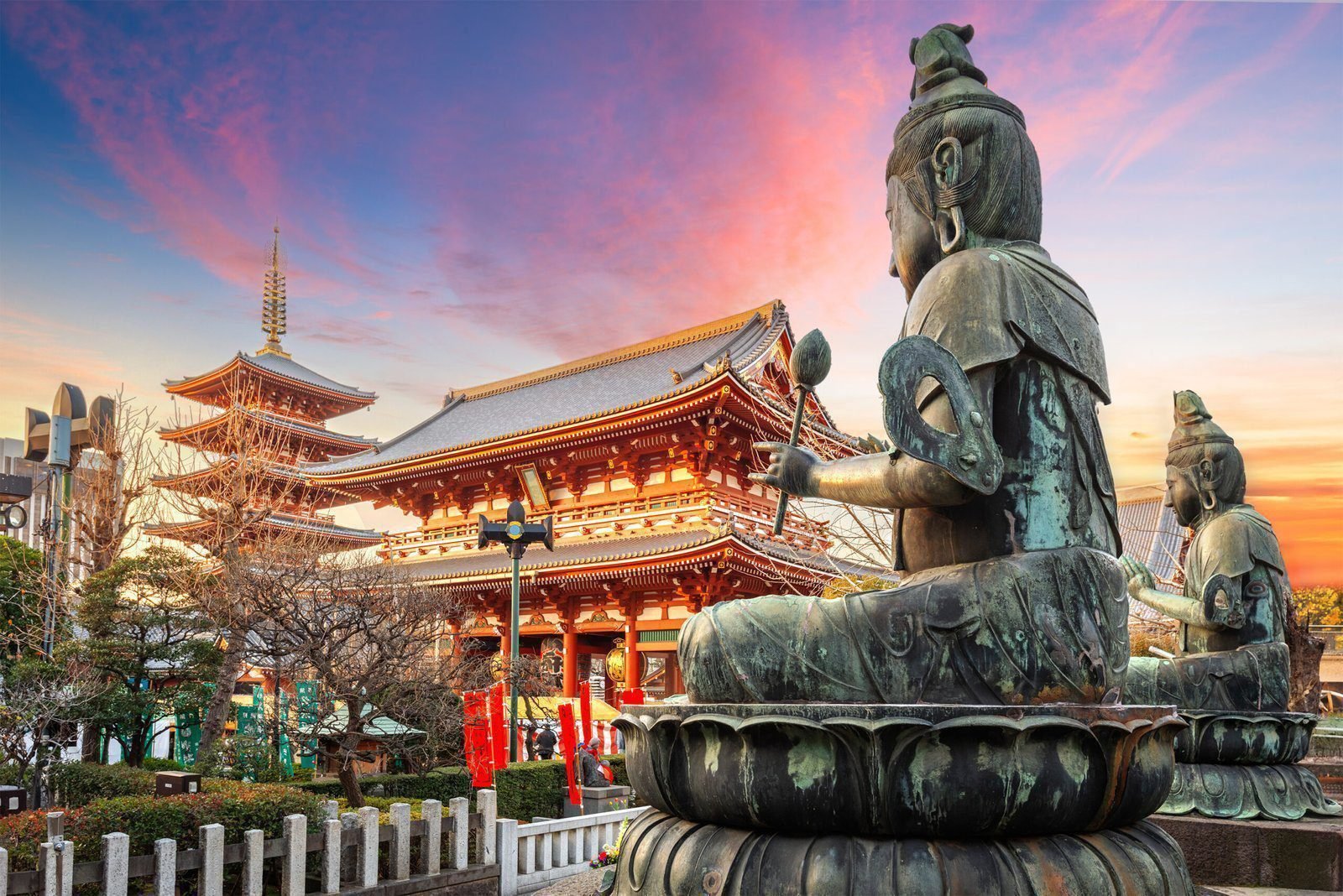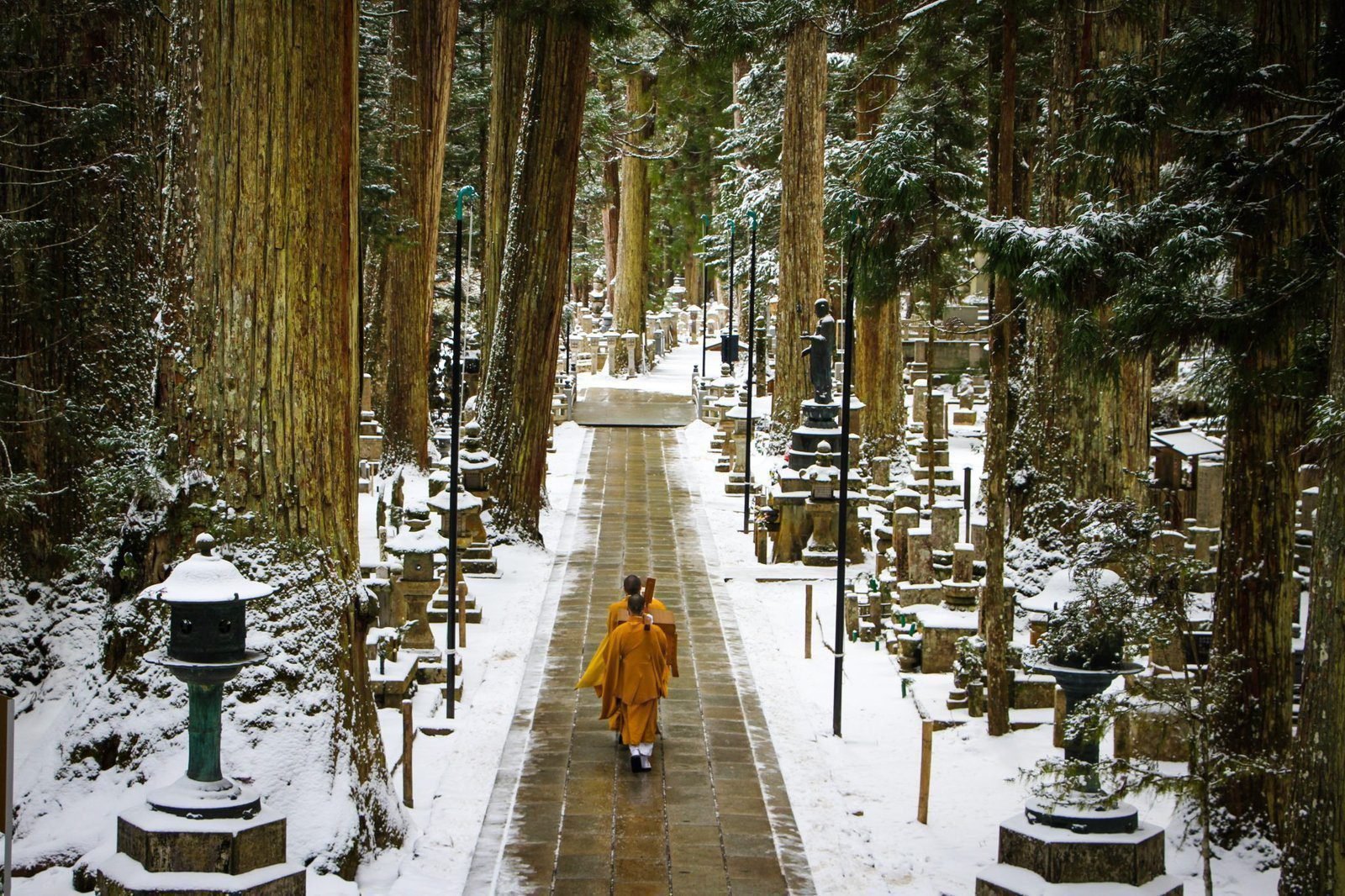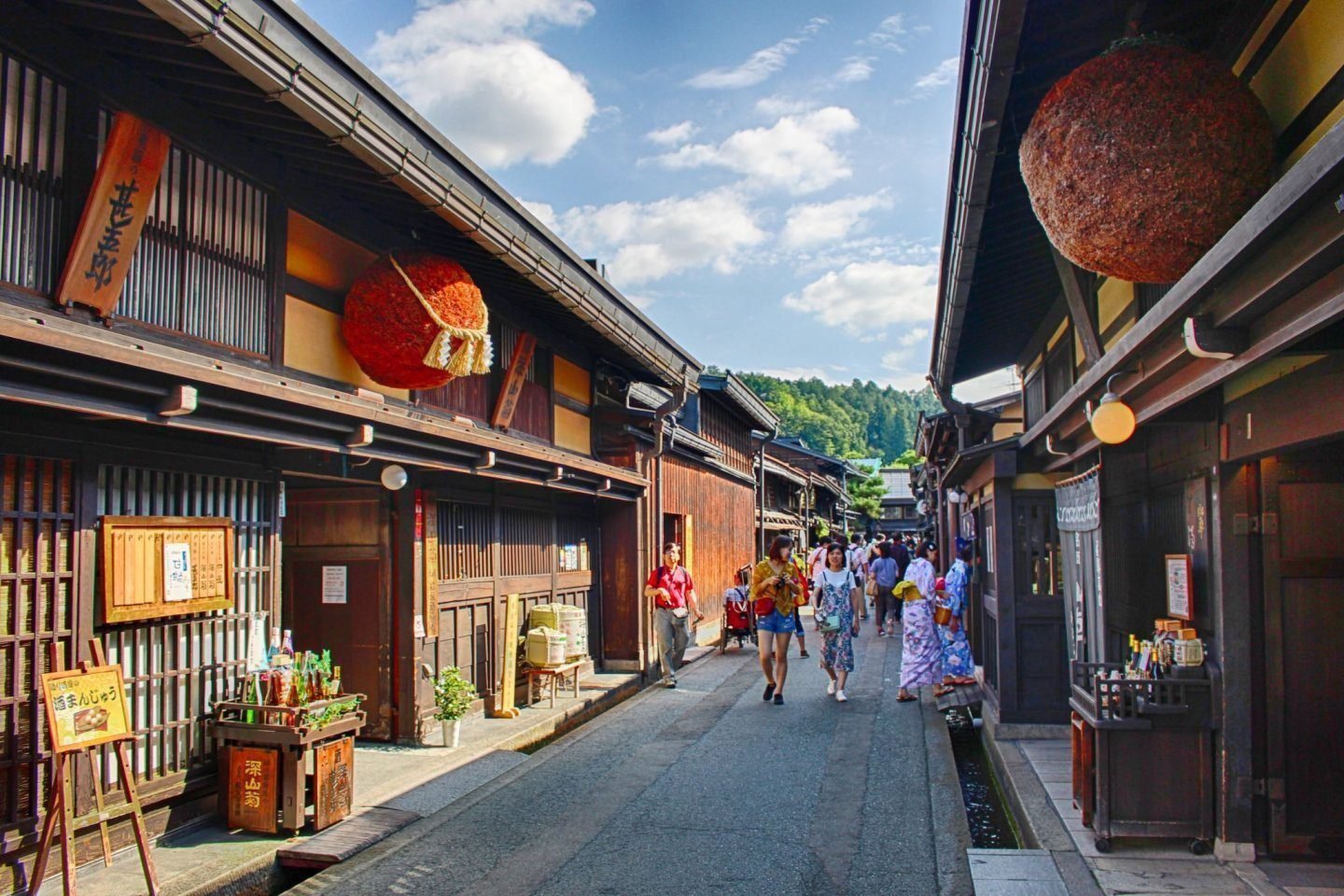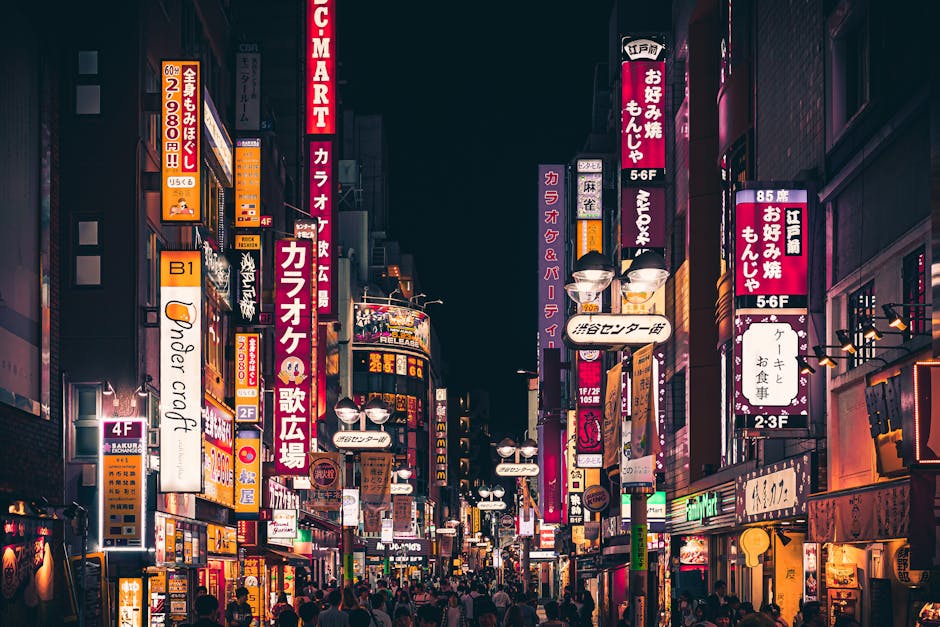Exploring Japan: A Two-Week Itinerary Across 7 Cities
Japan, the land of the rising sun, is a country that tops the bucket list of many travelers. From the bustling metropolis of Tokyo to the serene landscapes of the Japanese Alps, Japan offers a myriad of experiences waiting to be explored.

As an avid traveler and Japan enthusiast, I recently embarked on a two-week journey across this fascinating country, visiting seven different cities. My aim is to share this itinerary with you, providing insights and tips to help you explore Japan. Here’s a detailed account of my 14-day adventure.
Day 1-2: Osaka – The Kitchen of Japan

We commenced our journey in Osaka, known as the kitchen of Japan due to its rich culinary heritage. This vibrant city is famous for its food and nightlife. Upon our late arrival in Osaka, we headed straight to our hotel to drop off our belongings before venturing into the lively Dotonbori area. This bustling district is renowned for its neon lights, shopping opportunities, and iconic Glico-Man sign.
Our culinary adventure began at Ichiran Ramen, where we indulged in their famous tonkotsu ramen.
The next day, we visited the Namba Yasaka Shrine, known for its lion head stage, and paid our respects by following the traditional bowing and clapping rituals. Our exploration continued at the historic Osaka Castle, a symbol of Japan’s unification in the 16th century.
In the afternoon, we explored Amerika-mura, the center of Japanese youth culture, and shopped for trendy fashion. To conclude our day, we visited the Umeda Sky Building’s observation deck for a panoramic view of Osaka and dined at Okaru, a favorite Okonomiyaki shop.
Day 3: Koyasan – A Spiritual Retreat

Koyasan, a secluded temple town in the Wakayama mountains, was our next destination.
Known as the center of Shingon Buddhism, Koyasan is home to over 100 temples, with 50 offering overnight stays. We purchased the Koyasan World Heritage ticket for our journey, which included a scenic cable car ride to the town.
Upon arrival, we checked into Saizen-in, our temple lodging featuring traditional tatami rooms. Our exploration began at the Danjo Garan temple complex, where we admired the historic architecture and the great pagoda. We also visited the Daimon Gate, the original entrance to Koyasan, and Kongobu-ji, the head temple of Shingon Buddhism, known for its rock garden.
Our day concluded with a visit to the serene Okunoin Cemetery, Japan’s largest, housing over 200,000 graves. We returned to our temple lodging for a traditional Buddhist vegetarian meal and attended the morning ritual the following day to complete our spiritual experience.
Day 4: Nara – A City of Deer and Temples

Nara, nestled between Osaka and Kyoto, is famous for its deer park and historic temples. Our first stop was Todai-ji, housing the world’s largest bronze Buddha statue. We also explored Kasuga-Taisha, a Shinto shrine adorned with hundreds of bronze lanterns, and climbed Mount Wakakusa for a breathtaking view of the city.
After a busy day, we witnessed the famous mochi-pounding show and sampled the delicious mochi. If you have extra time, there are more attractions to explore in Nara.
Day 5-7: Kyoto – The Ancient Capital

Kyoto, the ancient capital of Japan, is home to numerous temples, shrines, and gardens. We began our Kyoto adventure in Arashiyama, exploring the Bamboo Grove and Tenryu-ji temple. We also visited the Iwatayama Monkey Park and Kinkaku-Ji, the golden pavilion temple.
Our culinary cravings led us to Ramen Sen no Kaze for dinner. The next day, we explored the Nishiki Market, Gion district, and Hanami-koji street, famous for its tea houses and geisha sightings. Our journey continued to the Fushimi Inari Shrine, known for its thousands of torii gates.
We marveled at the autumn foliage in Nanzen-ji and Eikan-do temples and ended our Kyoto visit with a meal in Pontocho alley. If you have more time, Kyoto offers even more to explore.
Day 8-9: Kanazawa – A Hidden Gem

Our journey took us to Kanazawa, often referred to as “Little Kyoto” due to its preserved historic districts. Known for its gold leaf production, Kanazawa boasts art museums and one of Japan’s best gardens. We visited the Omicho Market for lunch at Mori Mori Sushi and explored the D.T. Suzuki Museum and the 21st Century Museum of Contemporary Art.
We dined at Sushi Ippei, a cozy sushi shop, and visited the Oyama Shrine, Kanazawa Castle, and Kenroku-en garden. Our exploration concluded with a taste of gold leaf-covered soft serve and a visit to Higashi Chaya, a historic tea house district.
As a ramen enthusiast, I couldn’t resist trying the black miso ramen, a local specialty. We ended our Kanazawa visit at the iconic Tsuzumi Gate, enjoying live street performances.
Day 10-11: Takayama – A Traditional Retreat

Takayama, located in the Hida region, is known for its carpentry, Hida beef, and sake.
We explored the old town, morning market, and Takayama Jinya before heading to Sanmachi-suji, a historic district with sake breweries.
We spent the night at a ryokan in Okuhida onsen, enjoying traditional Japanese hospitality and a rooftop onsen experience. The next day, we visited the Shinhotaka Ropeway for a panoramic view of Japan’s Northern Alps before heading to Tokyo.
Day 12-14: Tokyo – The Modern Metropolis

Our final destination was Tokyo, a vibrant city with endless attractions. We stayed at the Tokyo Zen Capsule Hotel, offering a comfortable and unique experience.
Our Tokyo adventure began at the Meiji Shrine, followed by a visit to Harajuku’s Takeshita street and a micro pig cafe.
We explored the bustling Shibuya crossing, dined at Uobei Sushi, and spent a day in Akihabara, Tokyo’s electric town. Our last day included a visit to Teamlab Borderless, a digital art museum, and Omoide Yokocho, a narrow alleyway filled with eateries.
For more Tokyo experiences, explore the Tokyo Tower, Senso-ji temple, and Kabukicho entertainment district.
Throughout our two-week journey, we spent approximately $3100 for two people.
Japan’s unique blend of tradition and modernity makes it a destination I never tire of visiting. I hope this itinerary inspires you to plan your own adventure in Japan. If you have any questions or feedback, feel free to leave a comment. Until then, stay safe and here’s to more travels in the future.



























